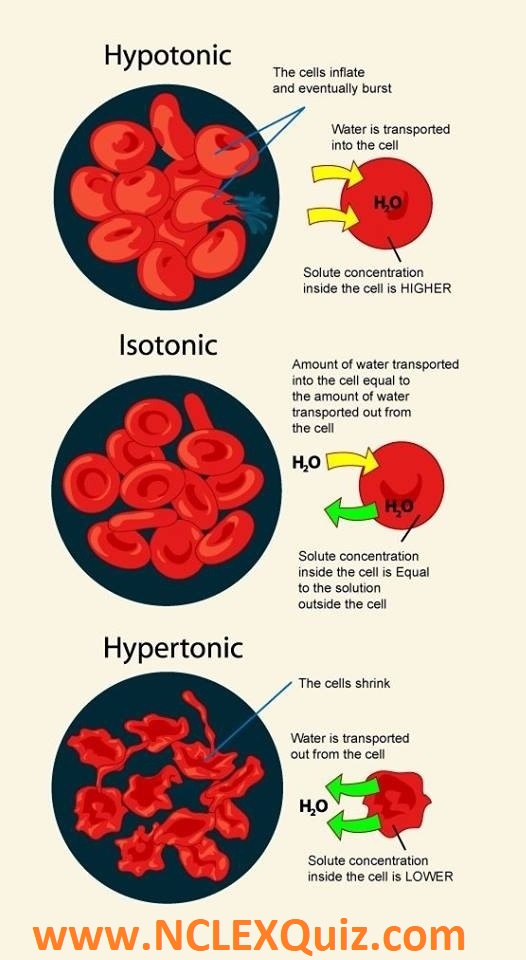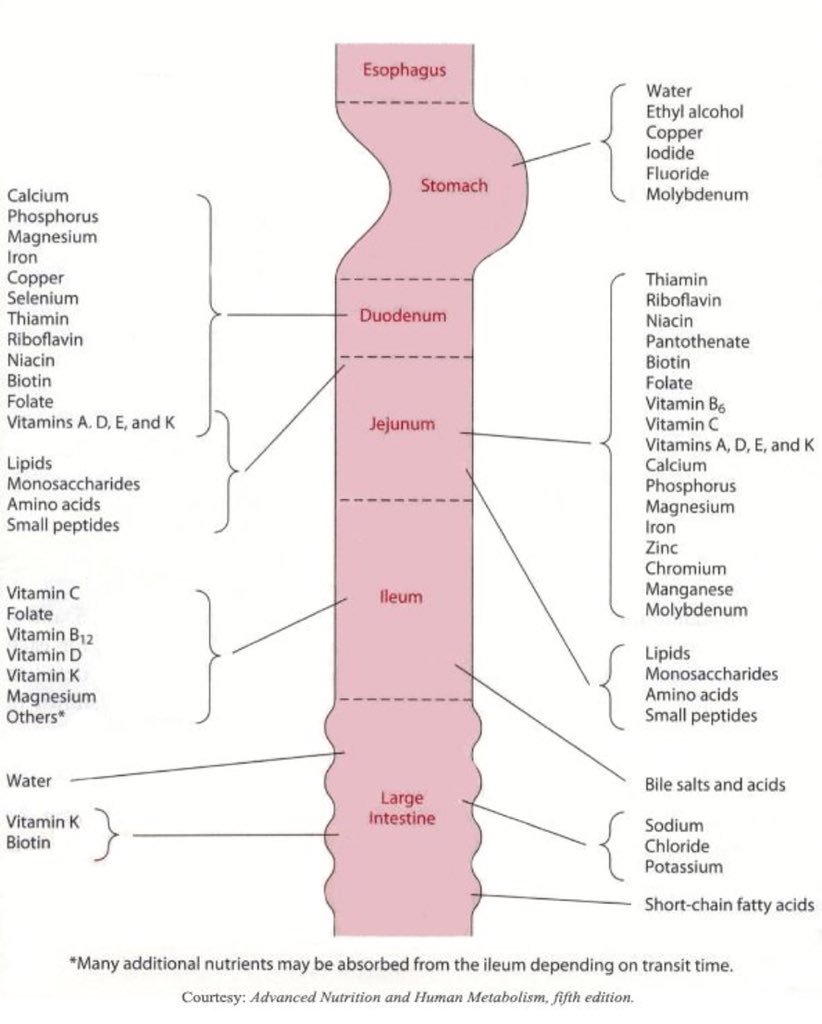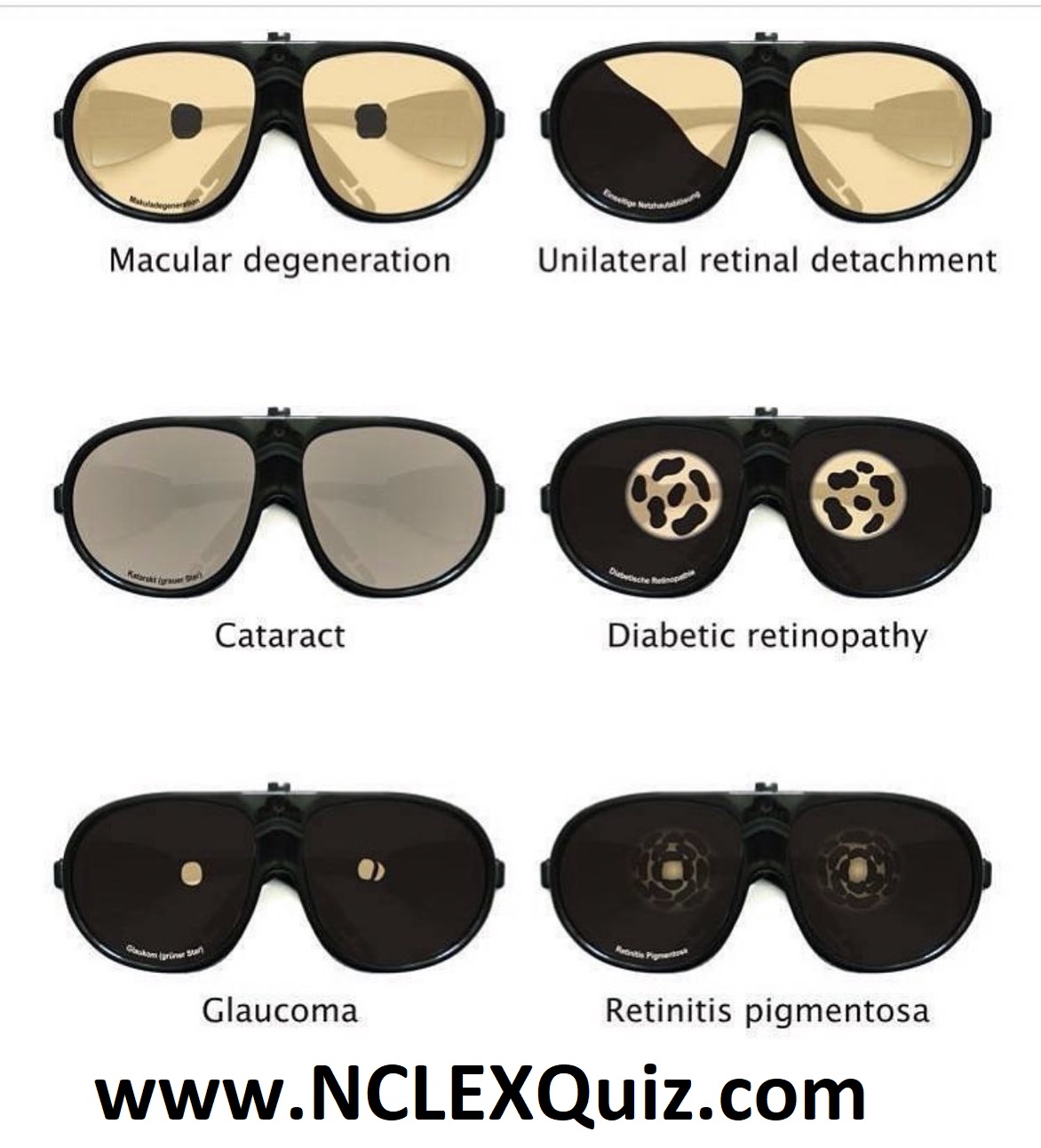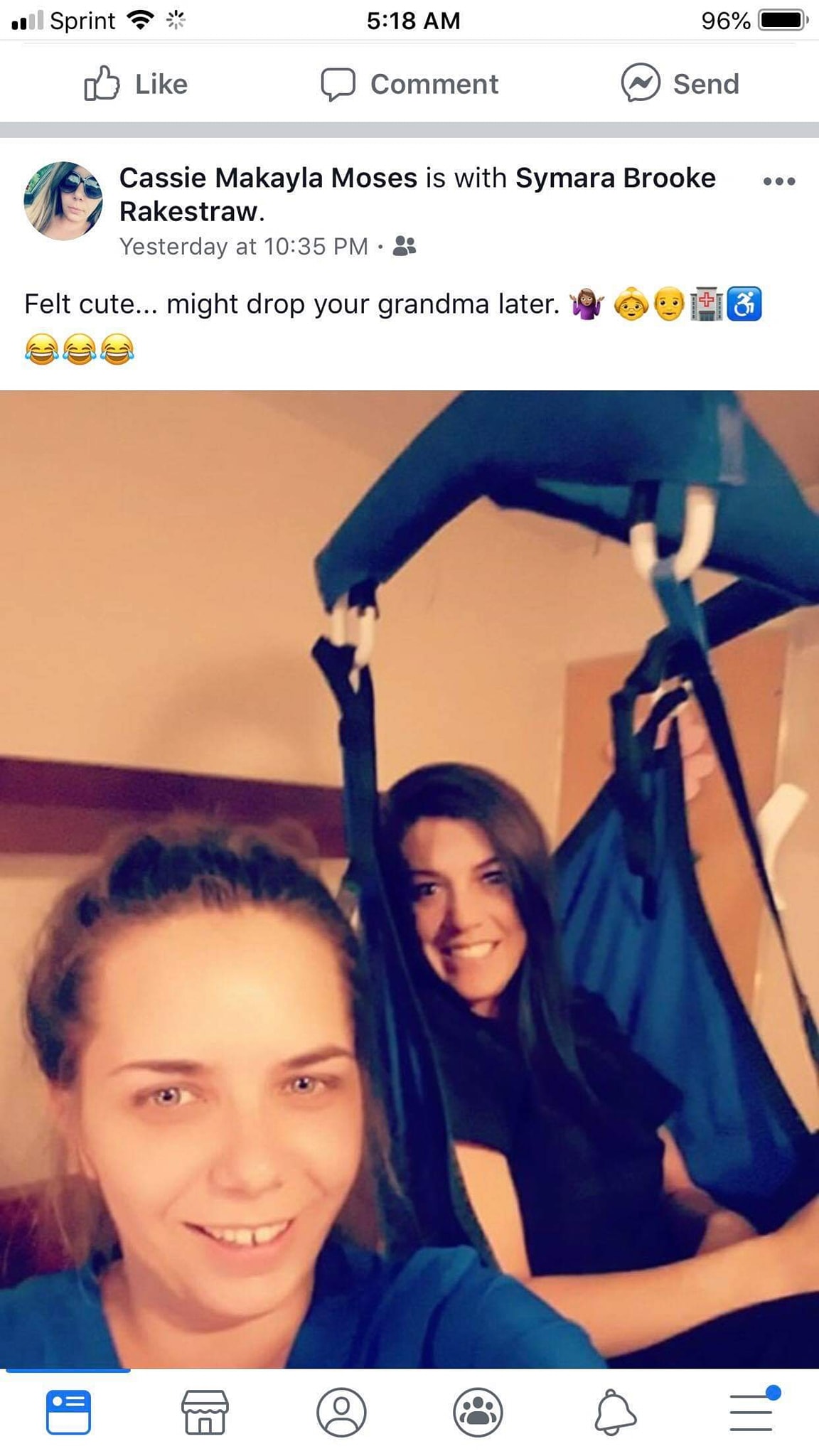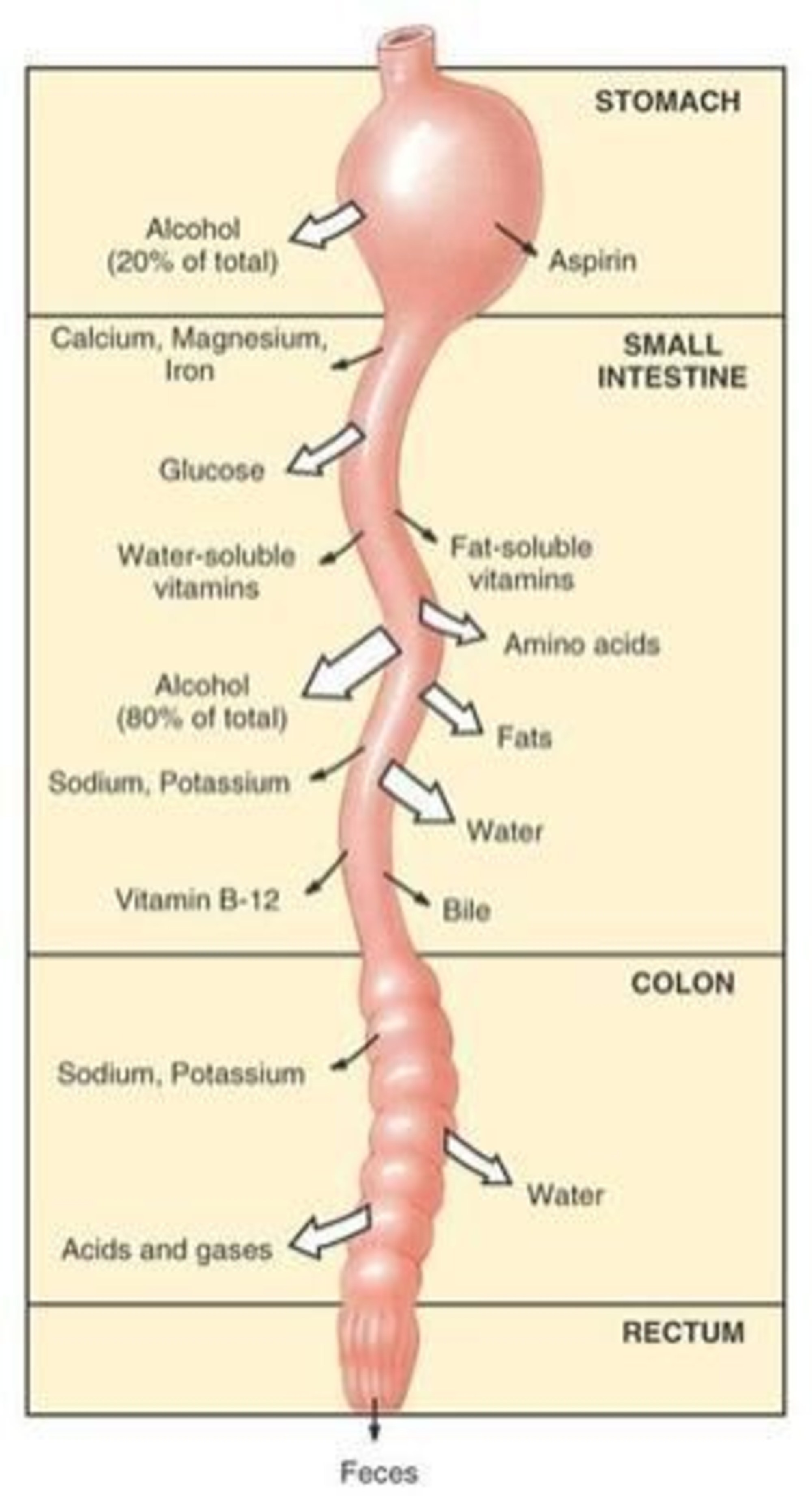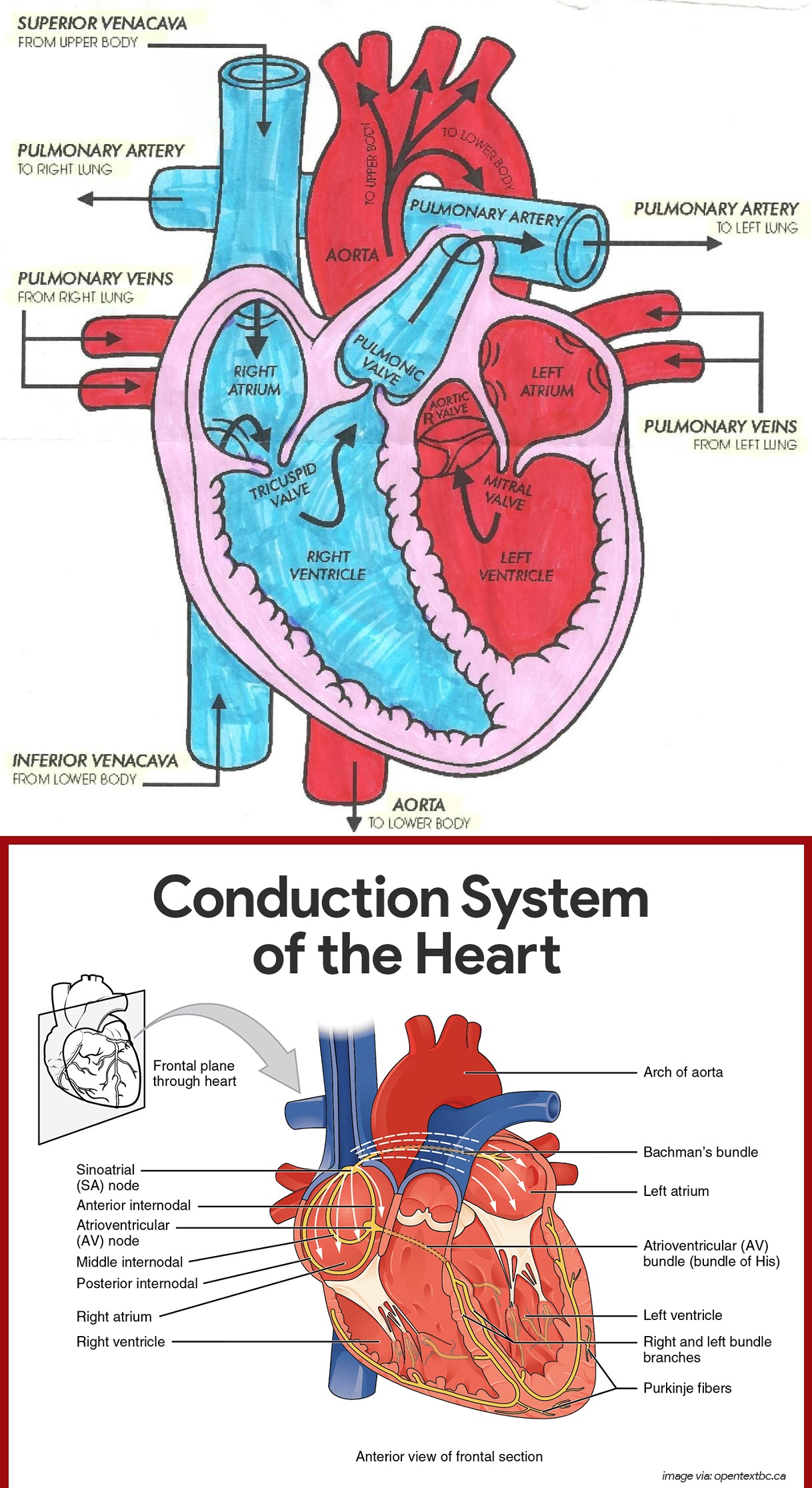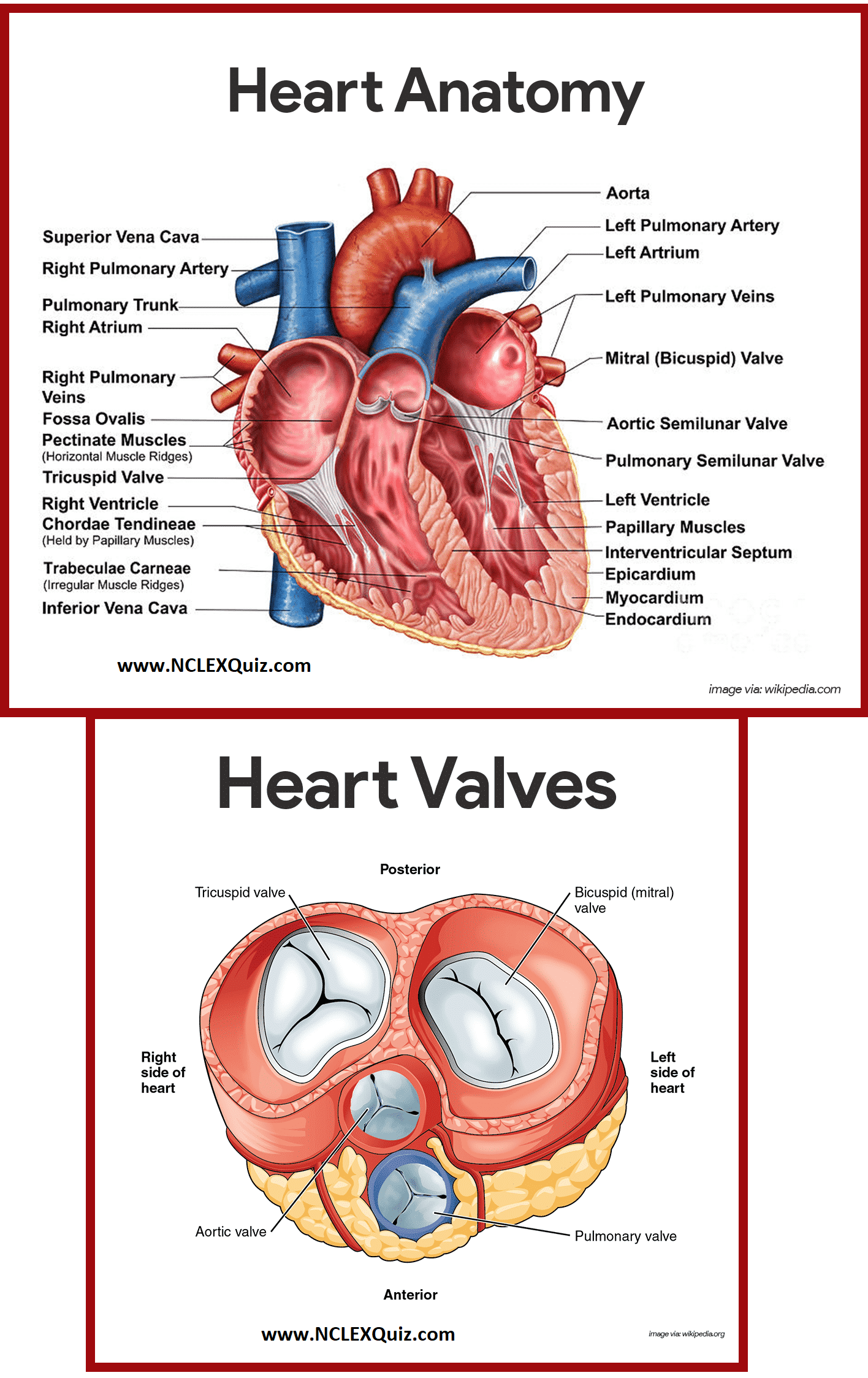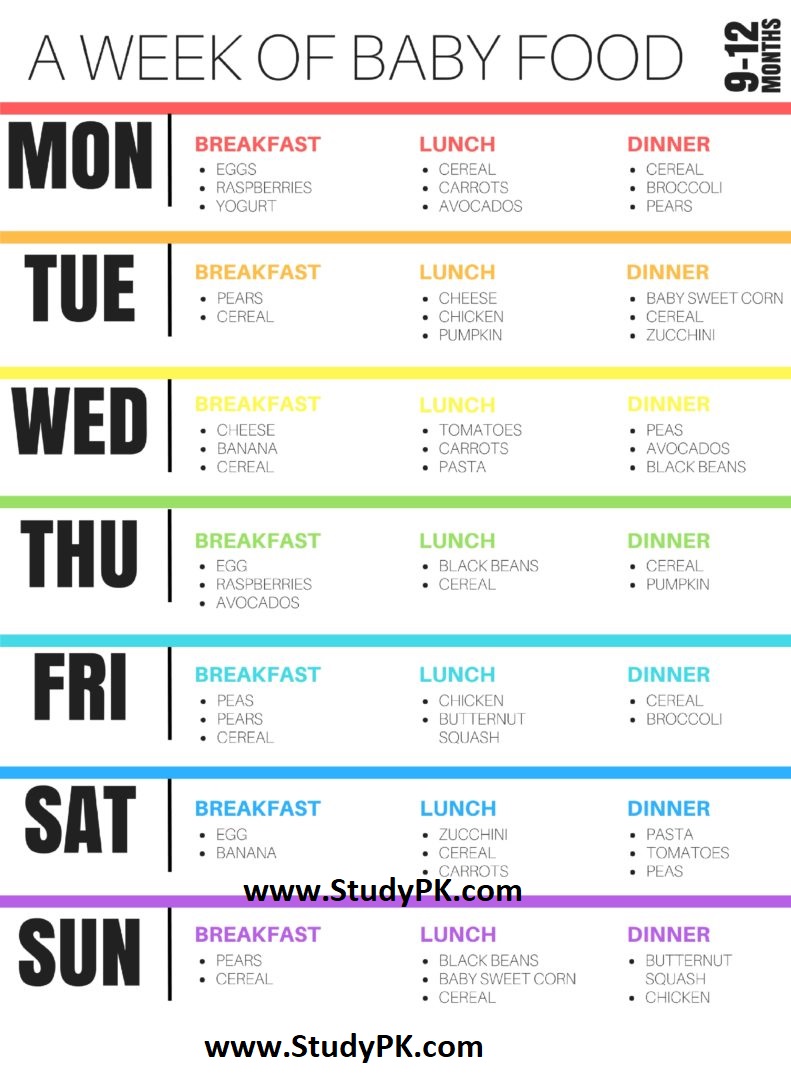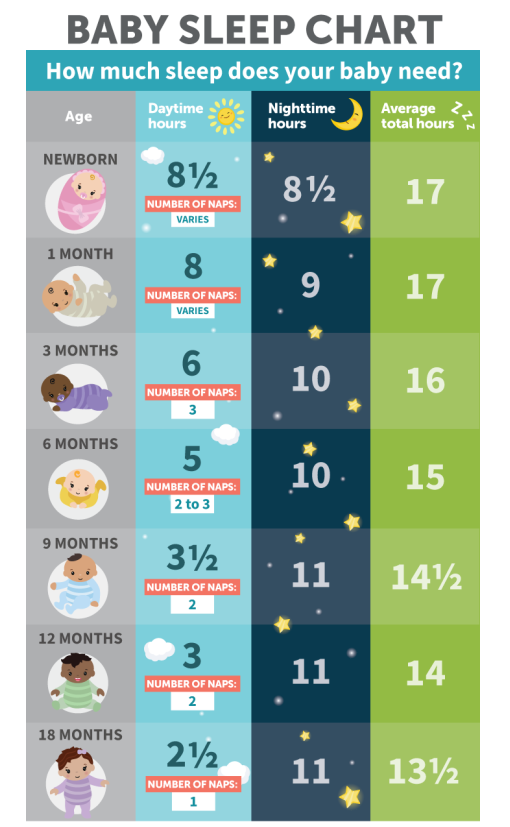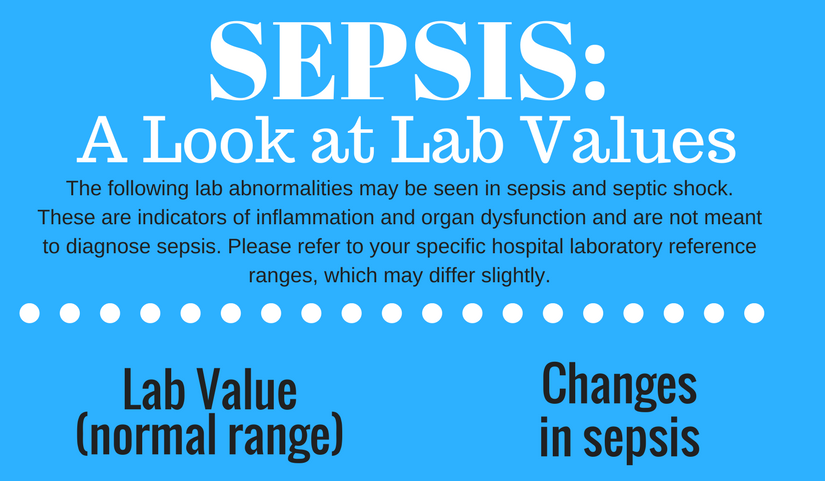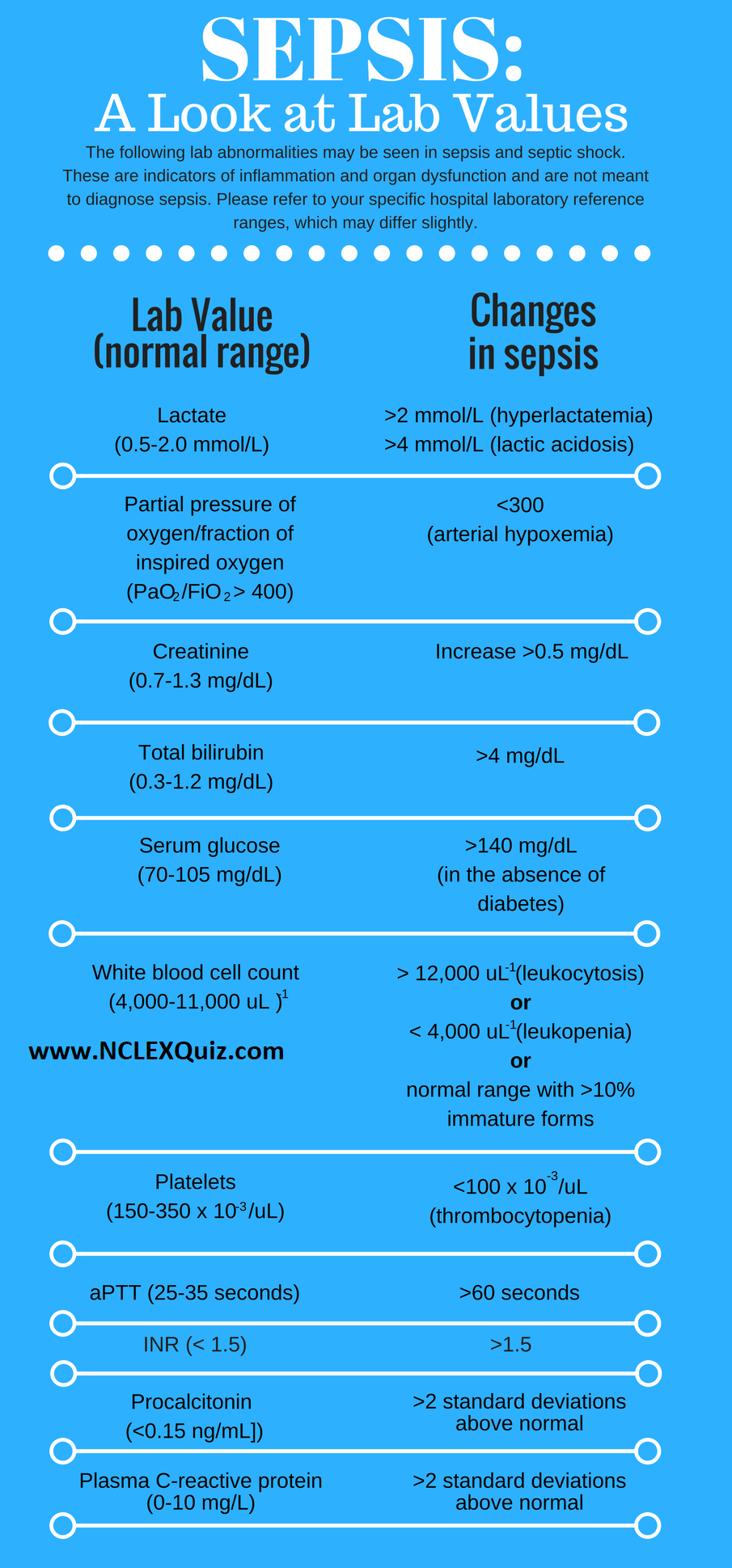Tonicity: hypertonic, isotonic & hypotonic solutions
Osmosis and Diffusion
Red blood cells behave the same way (see figure below). When red blood cells are in a hypertonic (higher concentration) solution, water flows out of the cell faster than it comes in. This results in crenation (shriveling) of the blood cell. On the other extreme, a red blood cell that is hypotonic (lower concentration outside the cell) will result in more water flowing into the cell than out. This results in swelling of the cell and potential hemolysis (bursting) of the cell. In an isotonic solution, the flow of water in and out of the cell is happening at the same rate.
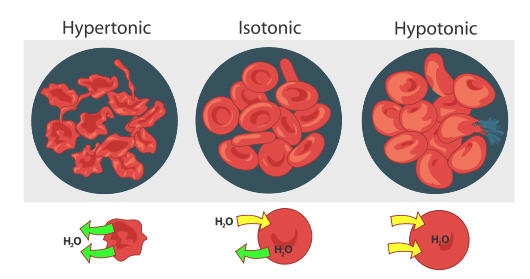
Osmosis is the diffusion of water molecules across a semipermeable membrane from an area of lower concentration solution (i.e., higher concentration of water) to an area of higher concentration solution (i.e., lower concentration of water). Water moves into and out of cells by osmosis.
If a cell is in a hypertonic solution, the solution has a lower water concentration than the cell cytosol, and water moves out of the cell until both solutions are isotonic.
Cells placed in a hypotonic solution will take in water across their membranes until both the external solution and the cytosol are isotonic.
A red blood cell will swell and undergo hemolysis (burst) when placed in a hypotonic solution. When placed in a hypertonic solution, a red blood cell will lose water and undergo crenation (shrivel). Animal cells tend to do best in an isotonic environment, where the flow of water in and out of the cell is occurring at equal rates.
